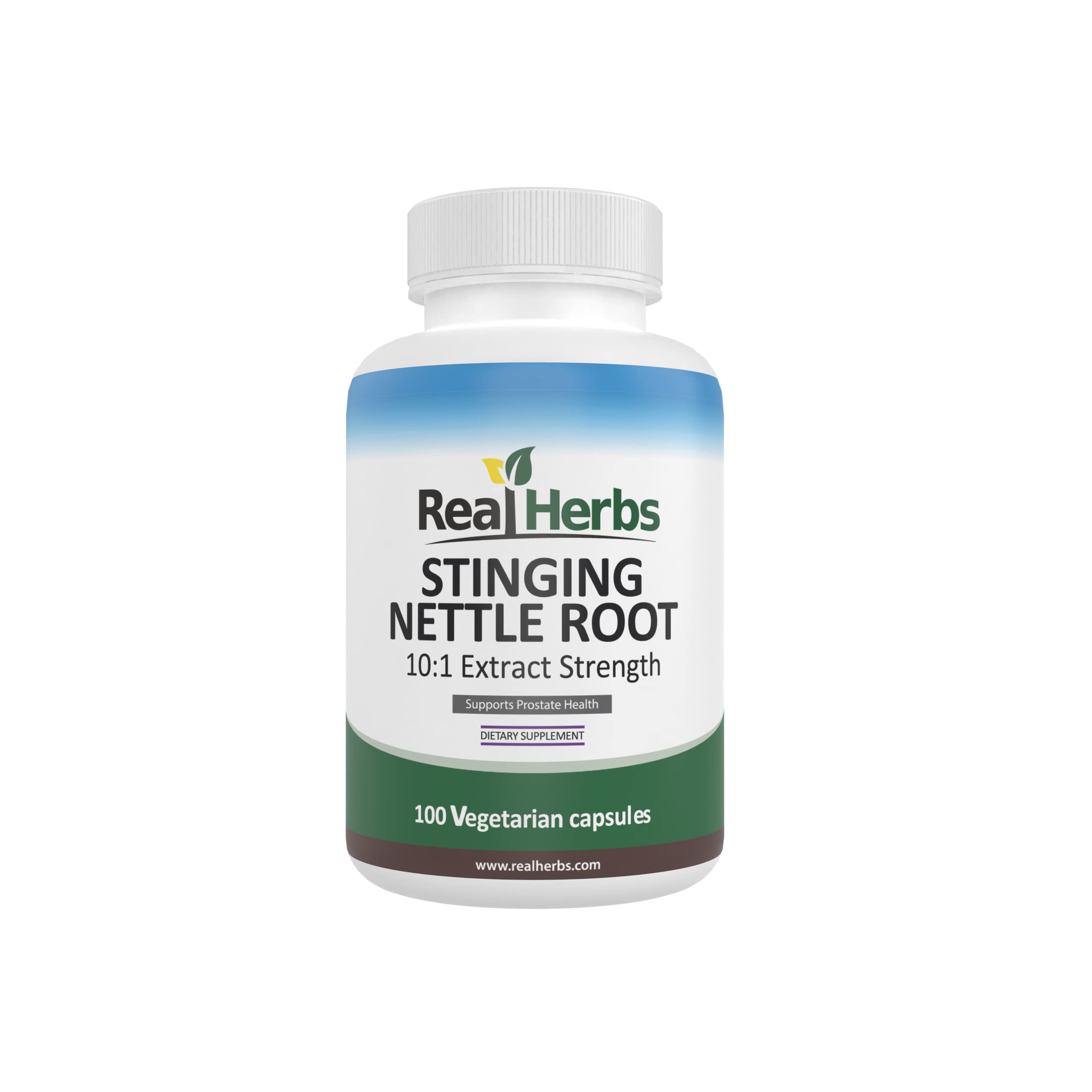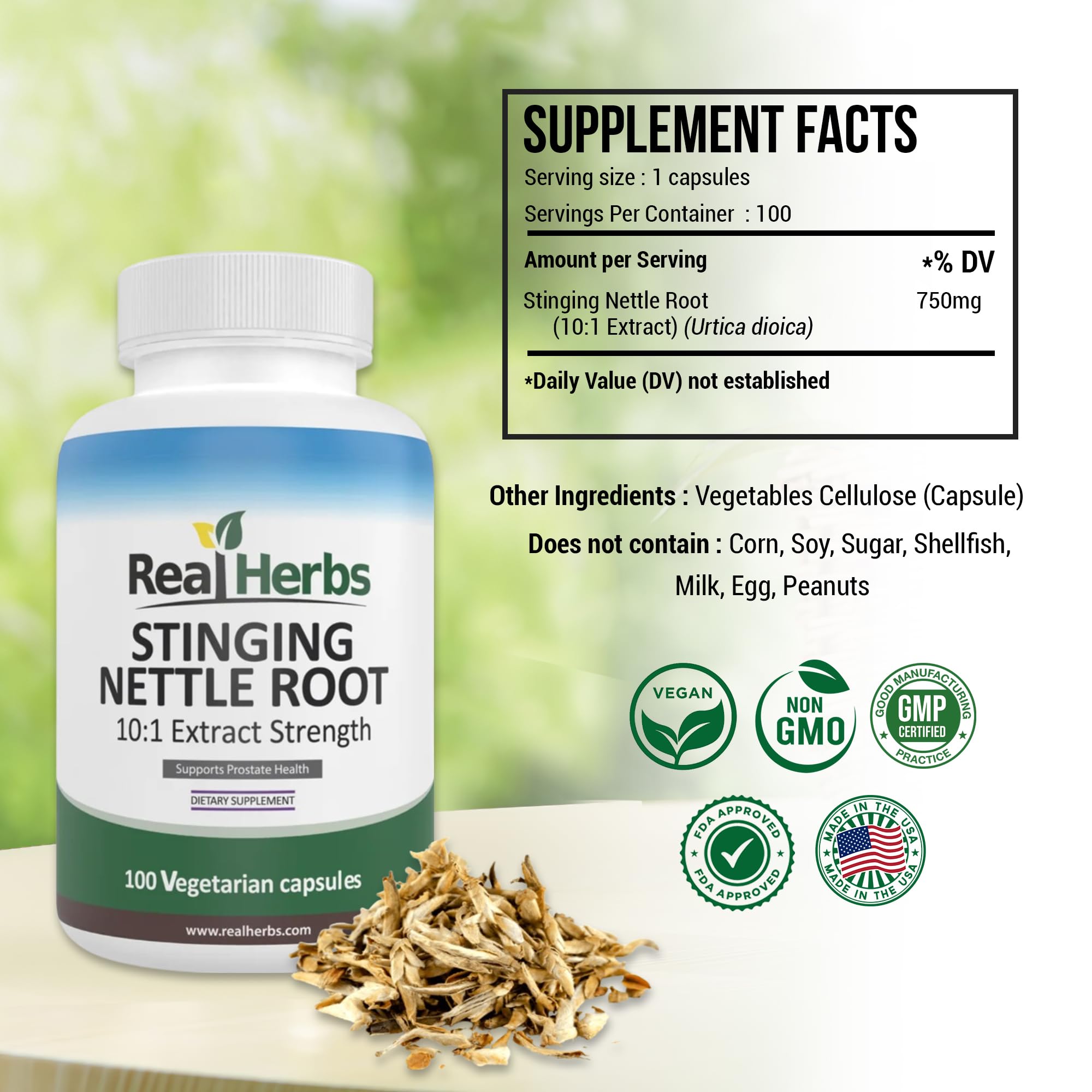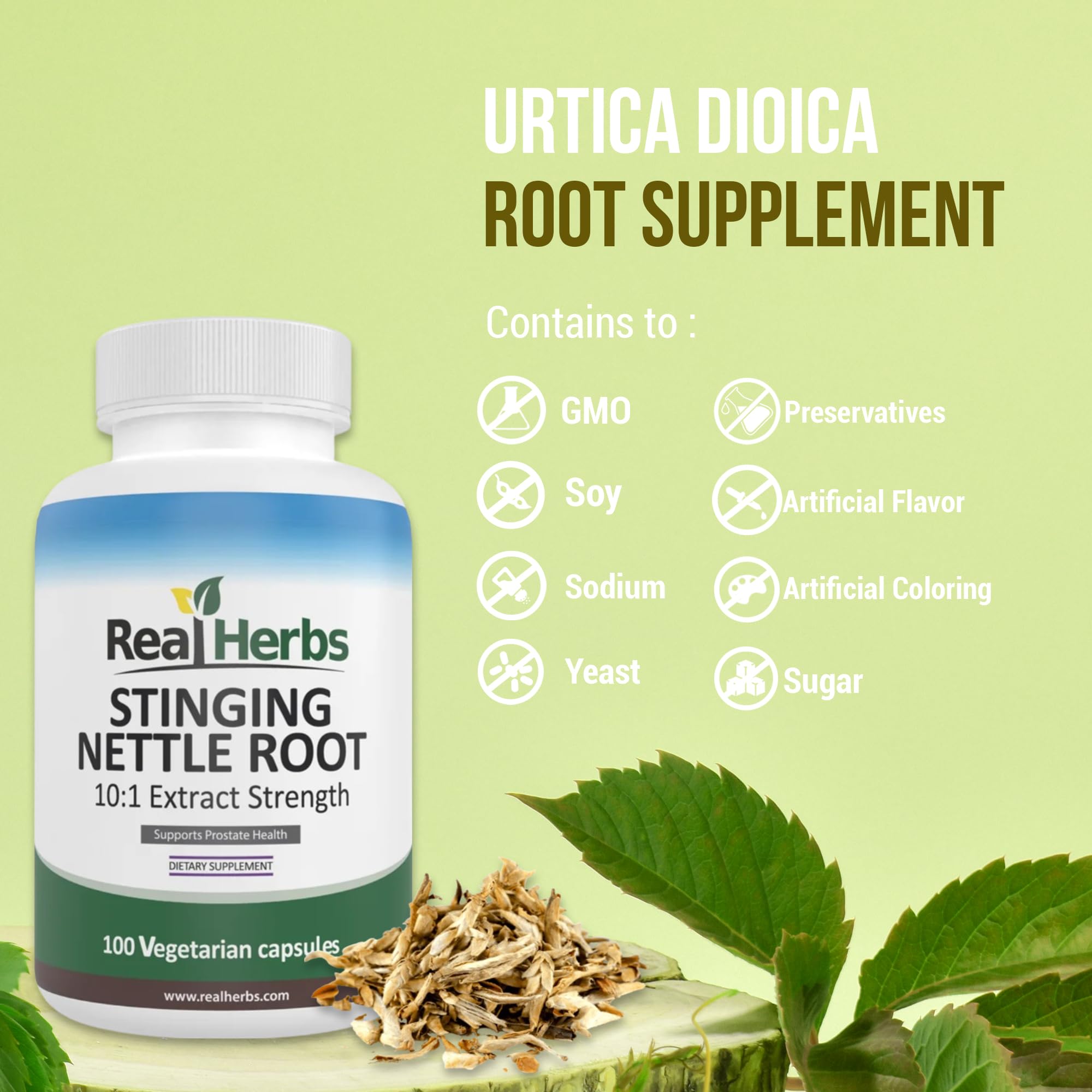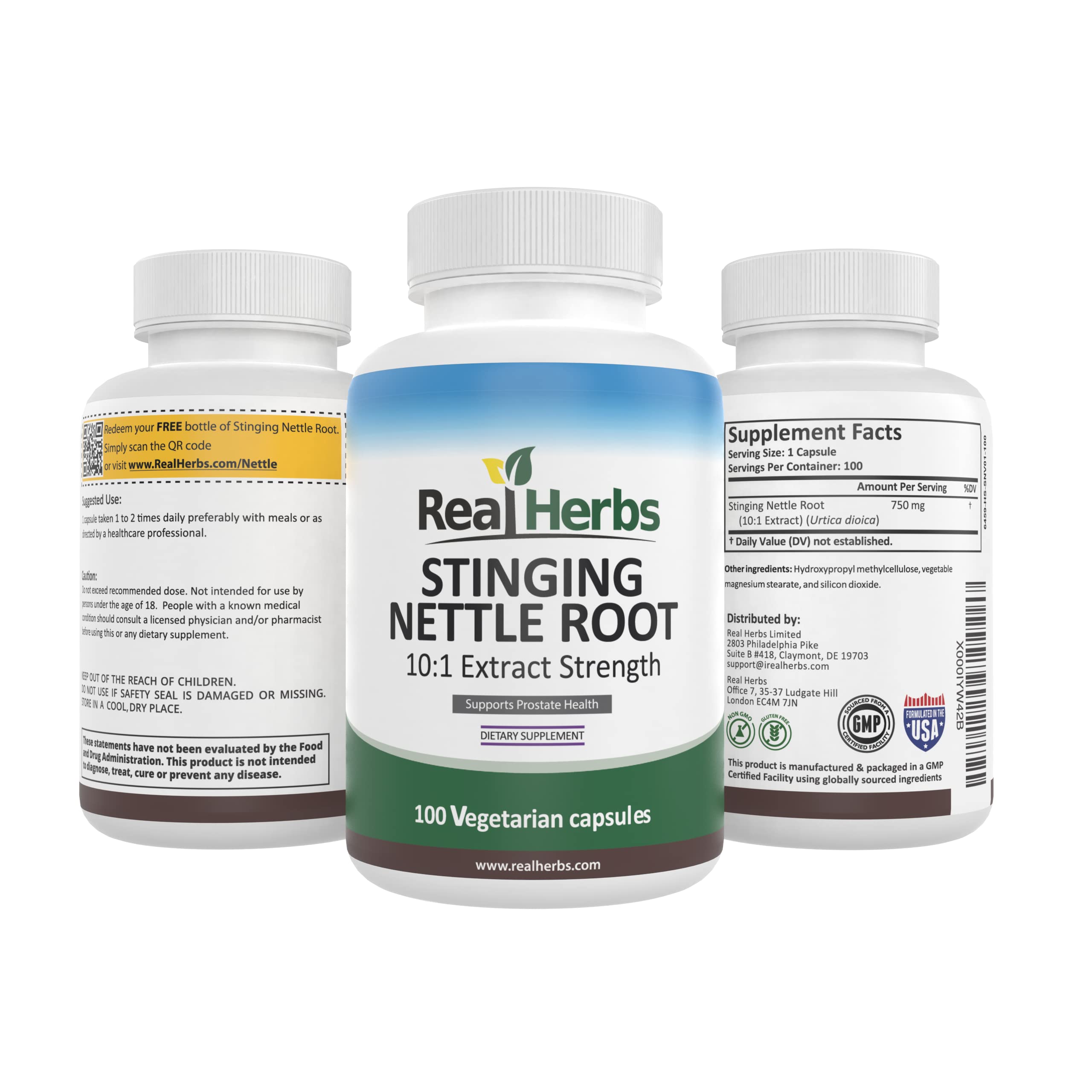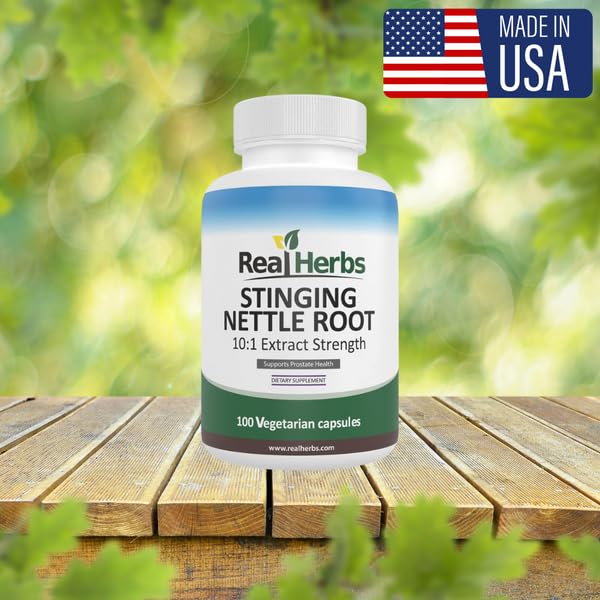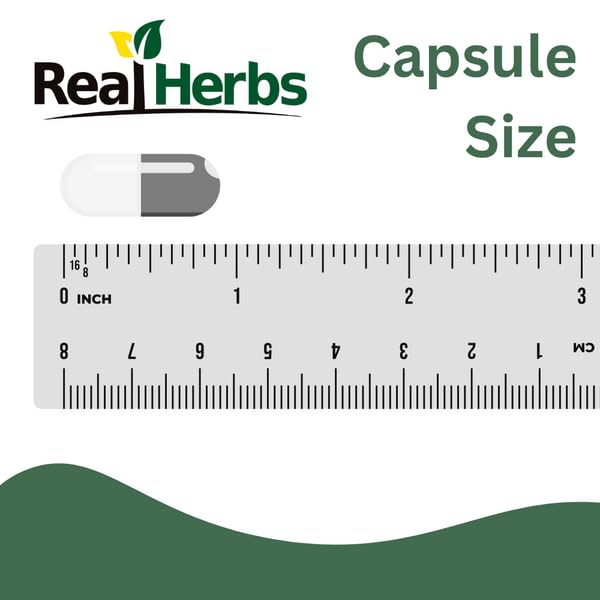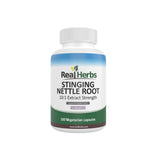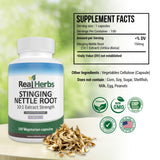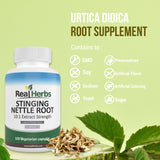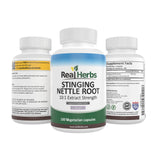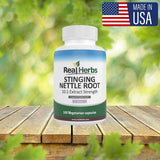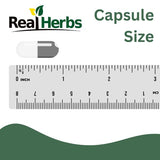Stinging Nettle Root in Pre- and Postnatal Care: Nurturing Mother and Baby
Introduction
Welcoming a new life into the world is a miraculous journey, one filled with joy, anticipation, and a plethora of emotions. During this transformative period, the health and well-being of both mother and baby are of paramount importance. In the realm of natural remedies, stinging nettle root emerges as a promising ally in the realm of pre- and postnatal care. In this article, we delve into the therapeutic potential of stinging nettle root, exploring its historical uses, nutritional benefits, and practical applications in supporting maternal health and fetal development.
Understanding Stinging Nettle Root
Stinging nettle (Urtica dioica) is a perennial herbaceous plant native to Europe, Asia, Africa, and North America. Despite its notorious sting upon contact, this plant has long been revered for its medicinal properties. The root of the stinging nettle plant, in particular, contains a wealth of bioactive compounds, including vitamins, minerals, and phytonutrients.
Historically, stinging nettle root has been utilized in various traditional healing systems, from Ayurveda to traditional European herbalism. Its versatile nature has led to its use in addressing an array of ailments, ranging from arthritis and allergies to urinary tract issues and reproductive health concerns.
Preconception Care and Stinging Nettle
For couples embarking on the journey of conception, optimizing preconception health lays the groundwork for a healthy pregnancy and offspring. Stinging nettle root offers potential benefits in this regard, serving as a nutritive tonic that supports overall vitality and reproductive function. Rich in essential nutrients such as iron, calcium, and vitamin K, stinging nettle root nourishes the body, promoting hormonal balance and enhancing fertility.
Studies suggest that stinging nettle root may exert a positive influence on hormonal regulation, particularly in women with irregular menstrual cycles or hormonal imbalances. By promoting a harmonious hormonal milieu, stinging nettle root may enhance the chances of conception and contribute to a smoother preconception journey.
Prenatal Benefits of Stinging Nettle
During pregnancy, the maternal body undergoes a myriad of physiological changes to support the developing fetus. Stinging nettle root emerges as a supportive companion during this transformative period, offering a wealth of nutritional benefits and therapeutic properties.
Rich in vitamins A, C, and D, as well as minerals like calcium and magnesium, stinging nettle root provides essential nourishment for both mother and baby. Its iron content is particularly noteworthy, addressing the increased demand for this vital mineral during pregnancy and helping prevent anemia.
Moreover, stinging nettle root may alleviate common pregnancy discomforts such as nausea, leg cramps, and edema. Its mild diuretic properties can help reduce fluid retention, while its anti-inflammatory effects may soothe swollen joints and tissues.
Postnatal Recovery and Support
Following the birth of a child, the postpartum period heralds a time of adjustment and healing for the mother. Stinging nettle root can play a supportive role in postnatal recovery, aiding the body in replenishing nutrient stores and promoting lactation.
For lactating mothers, stinging nettle root is prized for its galactagogue properties, meaning it can stimulate milk production and enhance milk flow. Additionally, its rich nutritional profile supports maternal vitality, helping combat postpartum fatigue and promote overall well-being.
Usage and Dosage Recommendations
Incorporating stinging nettle root into one's pre- and postnatal regimen can be done through various forms, including teas, capsules, and tinctures. When using stinging nettle root supplements, it's essential to follow dosage recommendations provided by reputable sources or healthcare practitioners.
As a general guideline, a typical dosage of stinging nettle root for adults ranges from 300 to 600 milligrams per day, divided into two or three doses. However, individual needs may vary, so it's advisable to consult with a qualified healthcare provider before initiating any supplement regimen, especially during pregnancy and lactation.
Safety Precautions
While stinging nettle root is generally considered safe for most individuals, certain precautions should be observed, particularly during pregnancy and breastfeeding. Due to its potential uterine-stimulating effects, stinging nettle root should be used with caution in pregnancy, especially in the first trimester. Additionally, individuals with a history of allergies to plants in the Urticaceae family should exercise caution when using stinging nettle products.
As with any supplement or herbal remedy, it's crucial to prioritize safety and seek guidance from a qualified healthcare professional before incorporating stinging nettle root into your pre- or postnatal care routine.
Conclusion
In summary, stinging nettle root stands as a valuable botanical ally in the realm of pre- and postnatal care, offering a wealth of nutritional benefits and therapeutic properties. From supporting preconception health and easing pregnancy discomforts to promoting postnatal recovery and lactation, stinging nettle root has much to offer mothers and babies alike. However, it's essential to approach its use mindfully, respecting individual needs and seeking professional guidance when necessary. By harnessing the potential of stinging nettle root, we can nurture the health and well-being of both mother and baby, paving the way for a vibrant and thriving journey into parenthood.
Additional Resources
- Murray, M. T., & Pizzorno, J. E. (2005). "The Encyclopedia of Healing Foods." New York: Atria Books.
- Romm, A. (2010). "Botanical Medicine for Women's Health." St. Louis, Mo: Churchill Livingstone/Elsevier.

